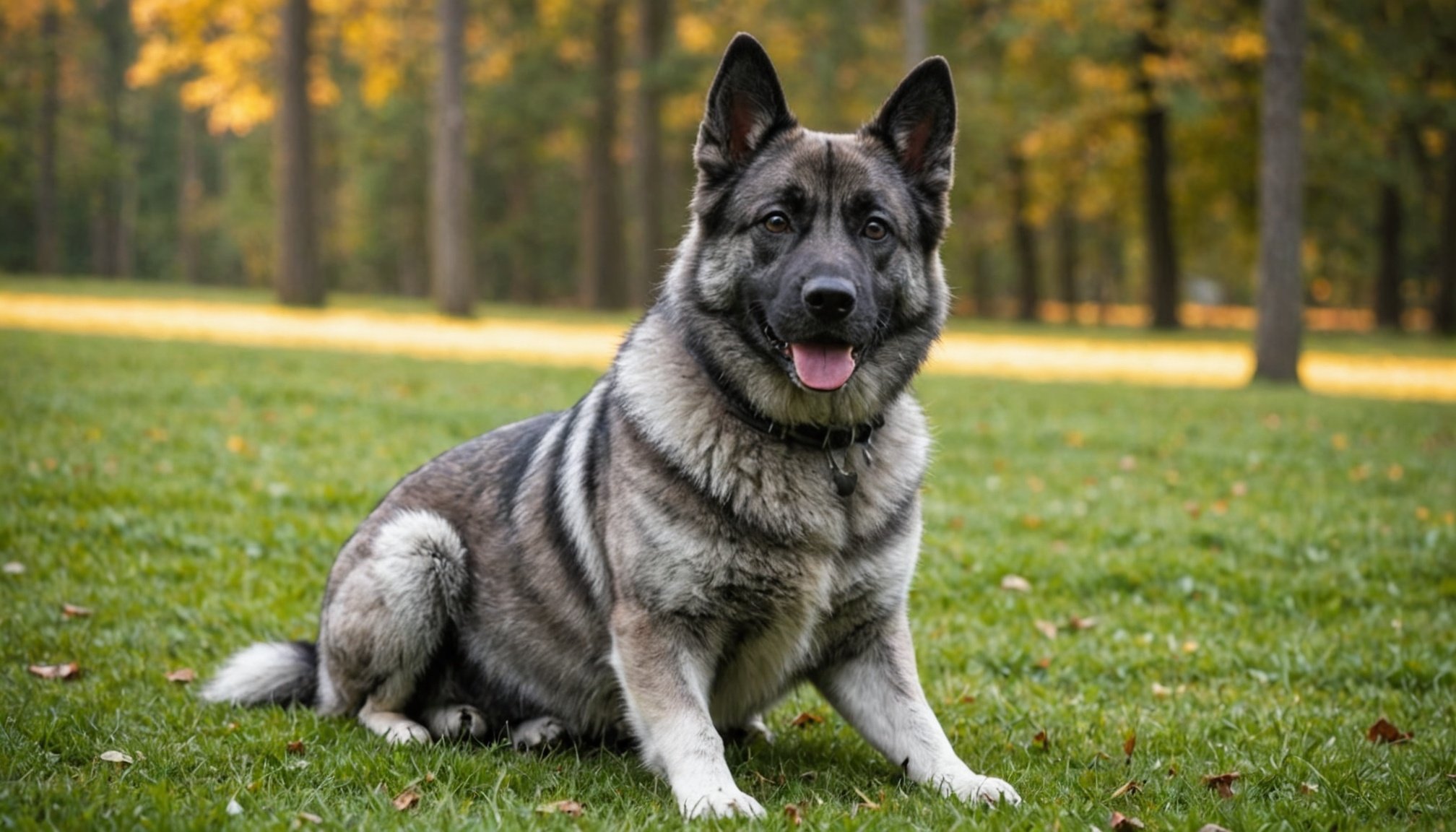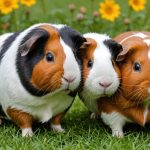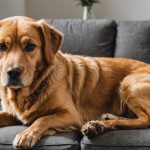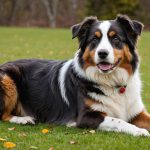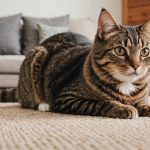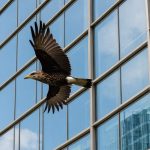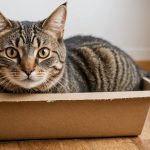Keeping your outdoor Norwegian Elkhound flea-free requires a combination of effective strategies. With their playful nature and love for the outdoors, these dogs can quickly become targets for unwanted pests. From understanding flea life cycles to implementing natural remedies and treatments, this guide provides step-by-step solutions tailored to your furry friend. Protect their health and happiness while ensuring your outdoor space remains comfortable for everyone. Let’s explore the most effective flea control strategies together!
Understanding Flea Infestations in Norwegian Elkhounds
Exploring the dynamics of flea infestations in outdoor-loving dogs.
A découvrir également : Essential Tips for Keeping Your Australian Shepherd Mentally Stimulated: Activities for Working Breeds
Flea Susceptibility in Norwegian Elkhounds
Norwegian Elkhounds are known for their thick double coats, which provide warmth and protection. However, these coats can also make them more susceptible to flea infestations. The dense fur offers an ideal environment for fleas to hide and multiply, making it challenging to detect these pests early. Owners often notice fleas only after a significant infestation has taken hold.
Common Signs of Flea Infestations
Detecting a flea infestation in your Norwegian Elkhound can be tricky. Look for excessive scratching, biting, or licking of the skin. Flea dirt, which resembles small black specks, may also be visible on the skin or in the fur. In severe cases, you might observe hair loss or irritated skin patches.
Lire également : Top Playtime Activities for Your Energetic Belgian Tervuren: Keep Them Active and Engaged!
Factors Contributing to Outdoor Flea Infestations
Outdoor environments play a significant role in flea infestations. Norwegian Elkhounds are active dogs, often enjoying outdoor adventures. This lifestyle increases their exposure to fleas, which thrive in warm and humid conditions. Regularly treating your pet and their environment can reduce the risk of infestations. Consider using flea prevention products and maintaining a clean living area to safeguard your Elkhound.
- Outdoor living increases exposure
- Thick fur complicates detection
- Regular checks are essential
By understanding these factors, you can better protect your Norwegian Elkhound from fleas.
Prevention Methods for Fleas
Effective strategies to protect your Norwegian Elkhound.
Importance of Regular Grooming and Bathing
Regular grooming is crucial in managing flea prevention for your Norwegian Elkhound. Their thick coats require consistent attention to keep fleas at bay. Regular bathing with a flea-specific shampoo can help remove fleas and their eggs. This practice not only keeps your dog clean but also allows for early detection of any flea presence.
Utilizing Flea Prevention Products
Incorporating flea prevention products into your routine is essential. Options like flea collars and topical treatments can be highly effective. These products work by repelling and killing fleas before they have a chance to infest your pet. It's important to choose a product that suits your dog's specific needs and lifestyle, ensuring maximum protection.
Creating a Flea-Free Outdoor Environment
To control outdoor flea populations, consider creating a flea-free environment. This can involve landscaping practices such as trimming grass and removing debris where fleas might thrive. Regular cleaning of outdoor areas, including patios and doghouses, is also vital. By maintaining a clean and tidy environment, you reduce the likelihood of fleas finding a home in your surroundings.
- Regular grooming and bathing
- Use of flea prevention products
- Maintain a flea-free environment
Treatment Options for Flea Infestations
Exploring effective solutions for managing fleas in Norwegian Elkhounds.
Topical and Oral Flea Treatments
When tackling flea infestations, topical and oral flea treatments are popular options. Topical solutions, applied directly to the skin, work by killing fleas on contact. Oral treatments, available in chewable forms, circulate through your dog's bloodstream, targeting fleas that bite. Both methods offer reliable flea control and are easy to administer. It's essential to follow the product's instructions for optimal results.
Consulting a Veterinarian
For severe infestations, seeking veterinary advice is crucial. A veterinarian can recommend the most effective flea treatment based on your dog's health and lifestyle. They can also identify secondary issues such as skin infections resulting from flea bites. Professional guidance ensures comprehensive flea control and prevents future outbreaks.
Natural Remedies and Holistic Treatments
Some owners prefer natural remedies and holistic approaches for flea control. Options include essential oils like lavender and cedarwood, which are known to repel fleas. Regularly washing your dog's bedding and vacuuming can also help manage flea populations. While these methods may not replace conventional flea treatments, they can complement them for a more integrated approach.
- Topical and oral treatments
- Veterinary advice for severe cases
- Natural remedies for holistic care
By combining these strategies, you can effectively manage and prevent flea infestations in your Norwegian Elkhound.
Maintaining a Flea-Free Outdoor Environment
Implementing effective strategies for outdoor flea control.
Best Practices for Yard Maintenance
Yard maintenance is crucial in managing outdoor flea control. Start by keeping grass trimmed and removing leaf litter, as these areas are ideal for fleas to thrive. Regularly inspect your yard for signs of fleas or their larvae. Incorporating environment hygiene practices, such as cleaning up after pets and removing debris, can significantly reduce flea populations.
Importance of Regular Inspections and Cleaning
Consistent inspections and cleaning of outdoor spaces are vital. Check areas where your Norwegian Elkhound frequently rests or plays. Fleas often hide in shaded, humid spots. By maintaining a clean environment, you can prevent fleas from establishing a habitat. Consider using pest management techniques to create a less inviting space for fleas.
Incorporating Natural Predators and Barriers
Utilize natural predators like nematodes in your pest management strategy. These microscopic organisms feed on flea larvae, helping to control populations naturally. Additionally, consider creating physical barriers to limit your dog's exposure to flea-prone areas. A well-maintained yard not only supports outdoor flea control but also enhances your pet's overall well-being.
- Trim grass regularly
- Use natural predators for pest management
- Implement environment hygiene practices
By following these steps, you can maintain a flea-free outdoor environment for your Norwegian Elkhound.
Additional Resources and Recommendations
Explore expert advice and product recommendations for effective flea control.
Reputable Products for Flea Control
When it comes to flea control for Norwegian Elkhounds, selecting the right products is crucial. Consider these highly recommended options:
- Topical treatments: Advantage II, Frontline Plus
- Oral medications: NexGard, Bravecto
- Flea collars: Seresto, Hartz UltraGuard
These products are specifically formulated to address the unique needs of thick-coated breeds like the Norwegian Elkhound, ensuring effective protection against fleas.
Authoritative Resources for Flea Management
To deepen your understanding of flea management, consult these expert resources. Books like "The Complete Guide to Flea Control" offer comprehensive insights. Additionally, veterinary journals provide up-to-date research on effective flea control strategies.
Personalized Advice from Specialists
For tailored advice, connecting with local veterinarians or pet care specialists is invaluable. They can offer personalized recommendations based on your Elkhound's specific needs. Consider visiting a trusted veterinary clinic or consulting a pet care expert to ensure your flea control approach is both effective and safe.
By utilizing these resources and recommendations, you can confidently manage and prevent flea infestations, ensuring the health and comfort of your Norwegian Elkhound.

